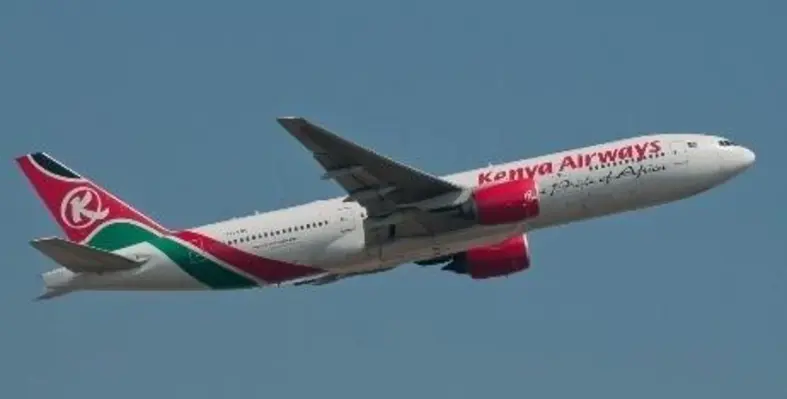Page 2 of 2
In the north, EgyptAir is rising from the ashes of the political crisis that engulfed the country in 2011, which badly dented the fledging tourism sector and formed the main backbone of air travel in Egypt.
Analysts have forecast that between 12 million and 13 million tourist arrivals are expected in the country in 2012 generating $1 billion in revenue.
EgyptAir already serves major cities in East Africa and four business destinations in West Africa, and is a major transport point for European travellers to Africa. Analysts believe, however, that the potential African market remains largely unexploited by the Cairo-based airline, opening room for further expansion.
With its strong continental network, Ethiopian Airlines has laid out a 15-year strategic plan to profit from emerging markets and boost income by $8.4 billion annually.
Ethiopian Airlines is also in the process of acquiring a fleet of 70 aircraft including 10 Boeing 787s. Two years ago, the airline placed its largest order of 12 A350-900s due for delivery between 2016 and 2019, firmly placing itself in the major league of African airlines.
It is also expanding its freight capacity with the growth of the horticulture sector in the country, which has opened up prospects of handling huge volumes of cut-flower exports to Europe and the Asian markets. The airline has the largest market share of any airline in the East African region.
Smaller players are also positioning themselves to profit from increasing air travel.
After acquiring a Boeing 737-800NG last year, RwandAir has announced that it is in the process of purchasing brand new regional jets after selling two 50-seater CRJ200s. This expansion has become necessary as passenger numbers surged by more than 82 per cent to 200,000 during the 2010/11 period.
Jumbo projects
While many of the continent’s airlines expand, regional airports have also been undergoing modernisation to handle increased passenger traffic in the years to come.
On the Tanzanian island of Zanzibar, Zanzibar International Airport (ZIA) is undergoing a $704 million facelift that will increase its passenger handling capacity by 133 per cent. Funded by the World Bank and the Chinese government, the expansion will see the refurbishment of the airport’s Terminal II.
Work will involve widening of the passenger check-in area, installation of an automated parking payment system, a baggage carousel and a new full-service restaurant. Expected to be completed by 2014, the work will also include the installation of a small power station and a bigger apron.
Chinese firm Beijing Construction Engineering Group has been awarded the contract and the company will also supply escalators, autowalk elevators and conveyor belts for baggage at the terminal.
“Once rehabilitation of Terminal II is complete, the airport will be able to handle 1.4 million passengers annually compared to current 600,000,” noted Tanzania minister for infrastructure and communication Hamad Masoud.
The expansion of the air transport sector will no doubt open up business opportunities in related services across the continent and Boeing’s Santos has observed that it is important for pilot training schools to partner with aircraft manufacturers.
Equally, significant opportunities exist for local air training schools to attract international students, as such facilities in the US and Europe have become expensive to operate and congested.
Mwangi Mumero





